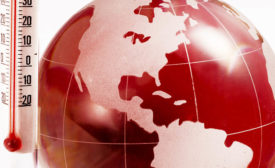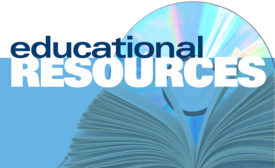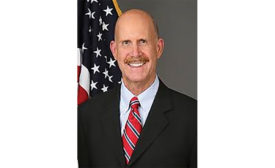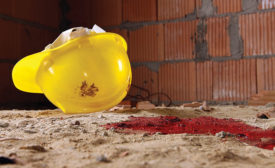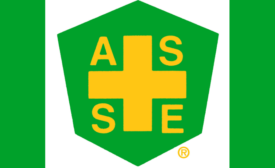Home » NIOSH
Articles Tagged with ''NIOSH''
From ASSE Michael President Belcher:
Does our profession have a marketing problem?
September 8, 2015
Become a Leader in Safety Culture
Build your knowledge with ISHN, covering key safety, health and industrial hygiene news, products, and trends.
JOIN TODAYCopyright ©2025. All Rights Reserved BNP Media.
Design, CMS, Hosting & Web Development :: ePublishing



